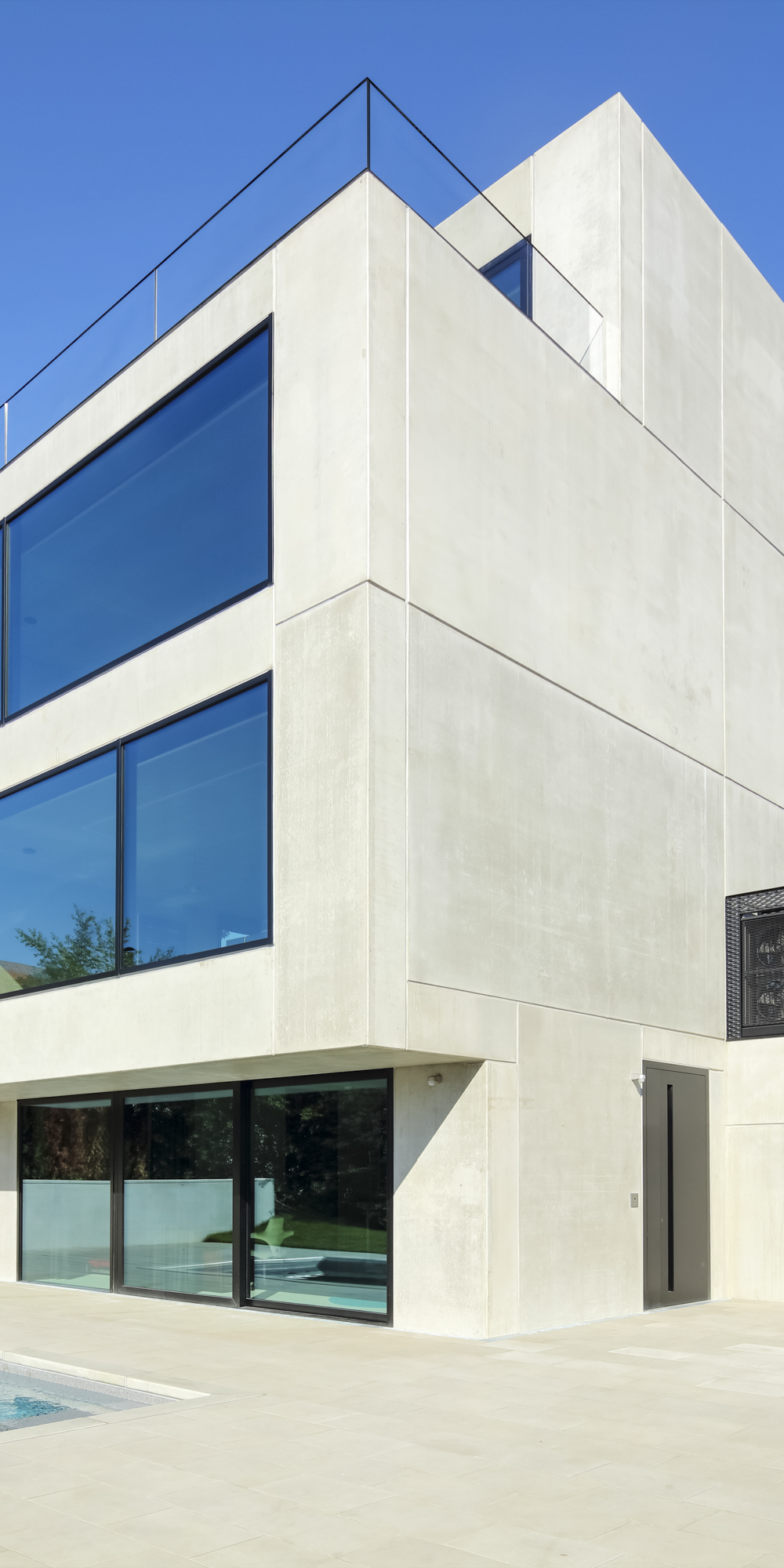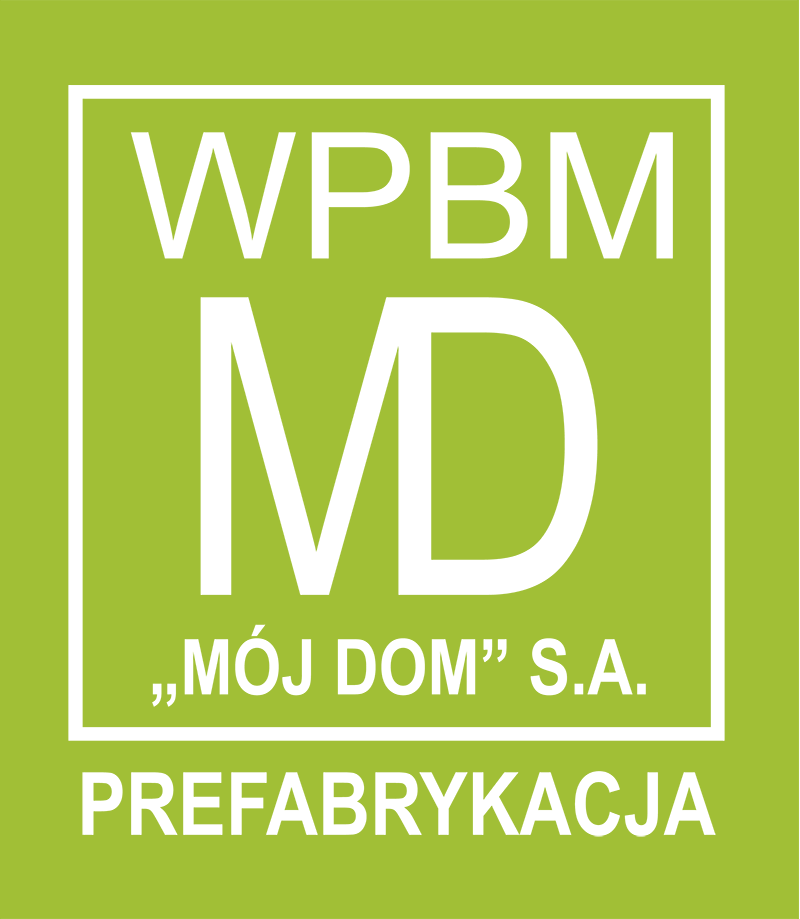Sandwich Wall with INSULATION
The insulated three-layer wall is a prefabricated wall element which consists of two low porous, reinforced concrete slabs with internal thermal insulation, connected together without thermal bridges. In this wall element, the external, non-load-bearing reinforced concrete slab provides excellent mechanical protection of the thermal insulation. Structural reinforcement according to individual requirements is provided in the internal panel.
A static wall system is created when the elements are installed on site.
Concrete sandwich panels are insulated external walls of high load capacity and quality. The wall panel has the following structure: smooth solid concrete on the room side – followed by insulation in accordance with thermal insulation regulations – on the outside by a concrete layer. Thanks to the integrated insulation, the wall panels do not require further processing after installation, which significantly reduces construction time.
Advantages: speed of realization, minimization of equipment on the construction site and limitation of shuttering works, high quality of elements, possibility to give any external invoice. The walls may have window and door openings and may be adapted for sanitary or electrical installations. The maximum wall production thickness is 30 cm.
The product features, as well as the rapid assembly of these large-area elements, eliminate completely costly formwork elements and allow for a significant reduction in construction time, while significantly reducing the amount of work required on site. The main advantages of using these elements are the economic efficiency of the system, aesthetic effect and increased safety on the construction site.
These elements are designed and manufactured according to specific design requirements and are particularly suitable for building load-bearing walls. Planning and highly automated production takes place according to strict quality criteria. Prefabricated elements can have window and door openings in virtually any size and shape. The walls can be prepared for electrical and sanitary installations.
Depending on the joint thickness and filling method, the fire resistance of the walls can be as high as REI 240. The façade layer can be any cladding.
Since the production of wall elements is not linked to a modular system, it is possible to obtain a wide variety of geometric and architectural shapes and suitably differentiated areas of application:
- Commercial and industrial buildings,
- Service buildings,
- Residential buildings,
- Hotel buildings,
- Agricultural buildings.



